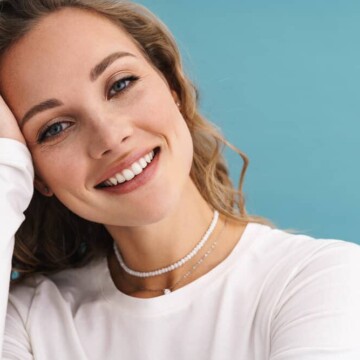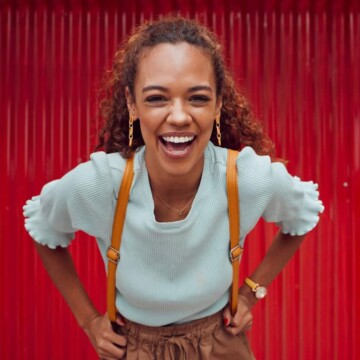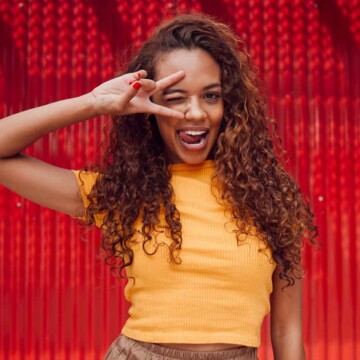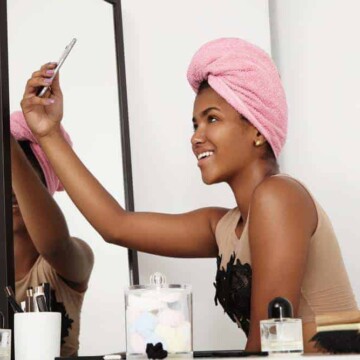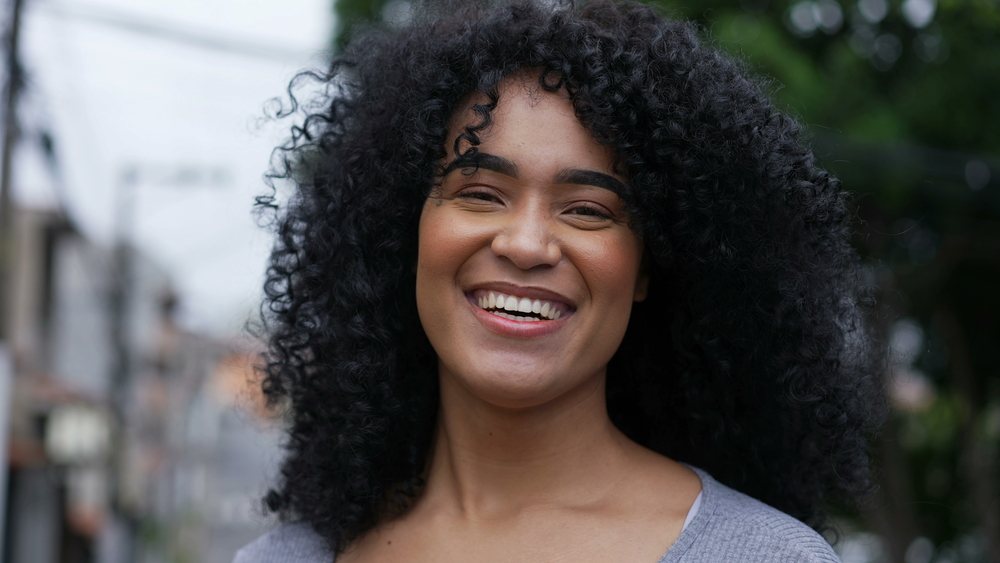
In order to have a successful natural hair journey, you must first understand exactly what the term natural hair really means.
There are several different definitions of the term. Still, below I've provided the most common definition for natural hair and the one we will talk about most often on Curl Centric.
Table of Contents
- 1 What Is Natural Hair?
- 2 Key Takeaways
- 3 How to Start a Natural Hair Journey
- 4 Why Is Natural Hair So Hard to Manage?
- 5 Natural Hair Blueprint: Foundation, Hair Products, Styling, and Maintenance
- 6 Understanding Hair Types
- 7 Advice to Help You Start Your Hair Care Journey
- 8 What Causes Shedding in Natural Hair
- 9 How to Prevent Hair Breakage and Split Ends
- 10 Health, Nutrition, Hair Vitamins, and Supplements
- 11 Does Exercise Help Hair Growth?
- 12 Shampooing
- 13 The Best Natural Hair Shampoos
- 14 How often should you wash your hair?
- 15 Conditioning Tips
- 16 The Best Natural Hair Conditioners
- 17 Hair Styling Tips
- 18 How to Identify and Fix Hair Problems
- 19 Frequently Asked Questions
- 20 Final Words
What Is Natural Hair?
Natural hair is relaxer-free hair that hasn't been chemically straightened with a relaxer (sometimes loosely called a perm). When you have natural hair, you're wearing your hair in its natural state.
Oftentimes, within the black community (or the natural hair community), you'll hear women talk about going natural.
The process of going natural usually refers to black people (or African American women) transitioning from relaxed hair to their natural hair. Some women choose to cut their hair when they go natural; this process is called usually a big chop.
Over the years, more and more women started wearing their natural hair.
The emerging trend is commonly referred to as the natural hair movement today (or the afro hair culture by those often disconnected from the movement). It's important to understand that natural hair is different from chemical-free hair.
Chemicals, on the surface, are often considered dangerous, but this is oftentimes not the case at all.
Most chemicals that you encounter daily are perfectly safe and harmless. For example, water or H2O is a safe chemical.
Key Takeaways
- Natural Hair Regimen: Keeping a natural hair journal helps troubleshoot common hair problems. Make adjustments as needed to ensure your hair stays healthy and vibrant.
- Protective Style: Wear protective hairstyles regularly. These styles safeguard the hair shaft, protect your ends, and promote length retention.
- Deep Conditioner: Regularly condition your hair after shampooing. Then, utilize a deep-penetrating conditioner monthly to strengthen your natural curls and kinks.
- Sulfate-Free Shampoo: To keep your hair healthy, choose sulfate-free shampoos. For example, we like ArtNaturals Moroccan Argan Oil Shampoo. Sulfate-free shampoos won't remove your hair's natural oils.
- Healthy Hair: Change how often you wash your hair depending on how it looks and feels so it stays shiny and healthy.
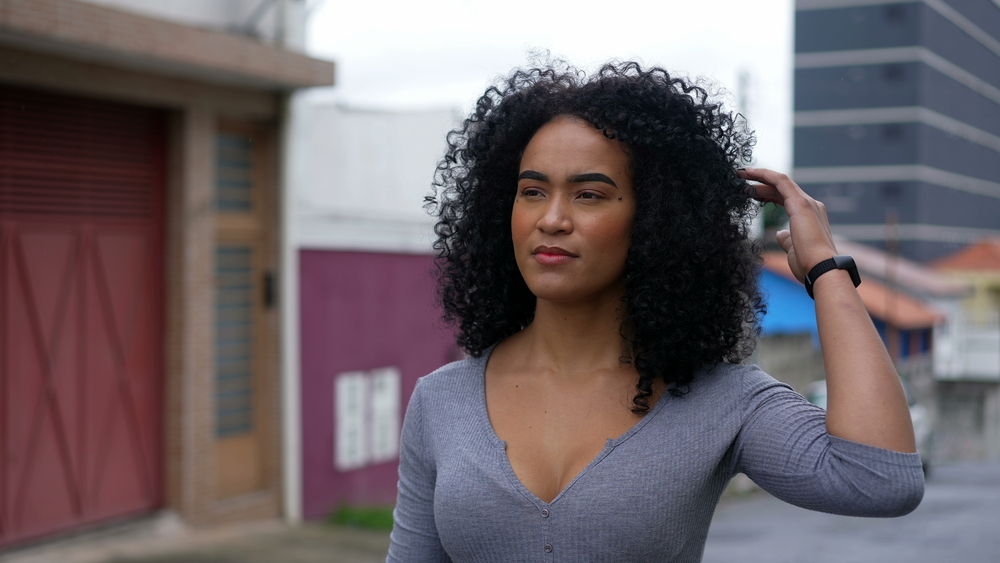
How to Start a Natural Hair Journey
Natural black hair (i.e., African American hair) is sometimes labeled as nappy hair that needs to be corrected by a relaxer (i.e., having the hair straightened with chemicals).
We’ve heard of situations where women have been discriminated against in the workplace due to having natural hairstyles (on textured hair), which are deemed unprofessional by some employers.
These so-called "unprofessional" styles are often common among black women; examples are dreadlocks, box braids, bantu knots, afro puffs, wash-and-go styles, and the popular twist-out.
Other ladies have been denied jobs or promotions because of their natural hairstyle. Natural hair has also caused relationship issues for many couples.
Curl Centric is about helping you understand your own hair and providing you with information and resources to achieve healthy, bouncy curls.
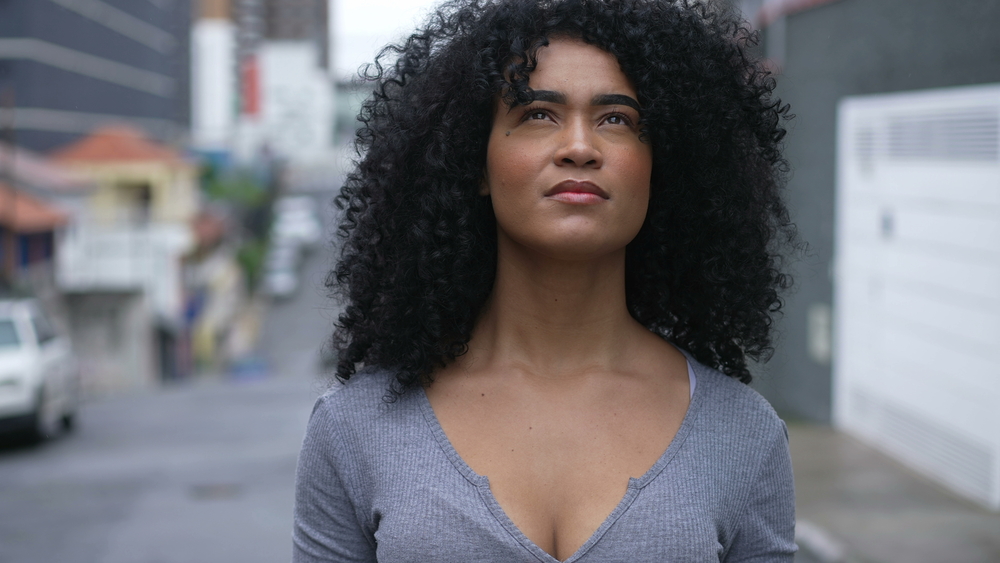
Why Is Natural Hair So Hard to Manage?
There are problems with some of the advice that’s typically given out online, which can make natural hair care confusing and more difficult to manage.
Some hair advisors or product manufacturers will tell you that you need to find the perfect beauty products (i.e., holy grail products) or master a specific technique for your hair texture, like protective styling, twist-outs, or bantu knots, to have a successful natural hair journey.
If you’ve tried some of these techniques and haven’t found the success that you’re aiming for, you probably know by now that you need more than generic recycled advice. That’s one of the main reasons that we built Curl Centric.
Our hair care system is based on a comprehensive blueprint for building a successful natural hair journey. It’s designed to build a robust foundation that will lead to a lifetime of success on your natural hair journey.
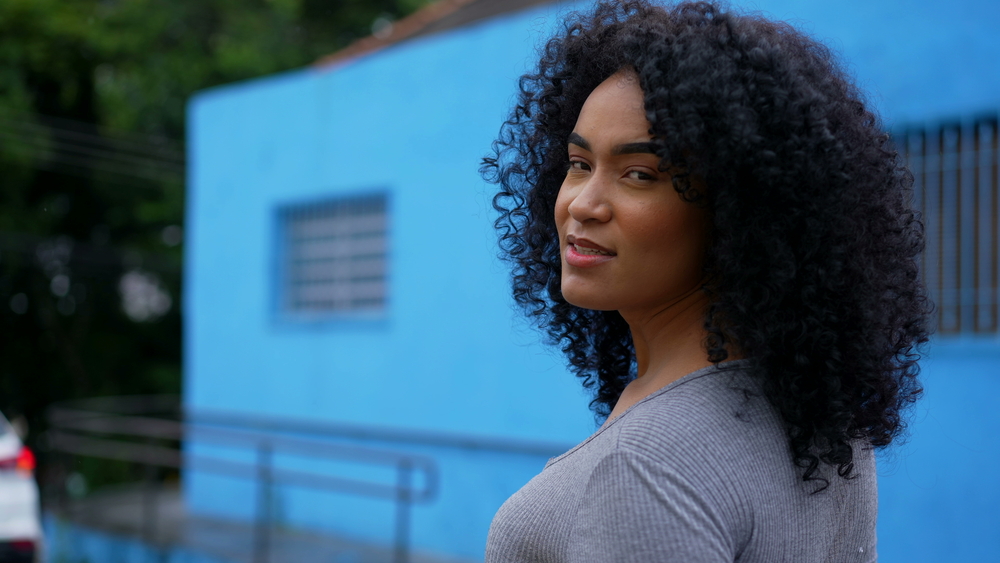
Natural Hair Blueprint: Foundation, Hair Products, Styling, and Maintenance
The Natural Hair Blueprint will be your guide throughout the course of building a successful hair journey (i.e., your own journey).
The blueprint is based on everything that we have learned over the years, reading cosmetology books, and scientific periodicals, performing research, working with ladies worldwide, and watching their hair improve with our coaching.
The blueprint is divided into three pillars: (1) foundation, (2) products, and (3) styling and maintenance. Each of these pillars works to help you improve your natural hair journey.
This blueprint is intended to be balanced.
However, depending on your strengths – you may need to spend more time on certain areas of the blueprint to see real improvements in your natural hair.
Actionable Opportunities
We like to focus on taking action during your natural hair journey. You have to implement the things that we discuss to really see improvements in your hair.
Taking action is the best way to benefit from Curl Centric. We try to thoroughly explain concepts and give you very specific ways to take action.
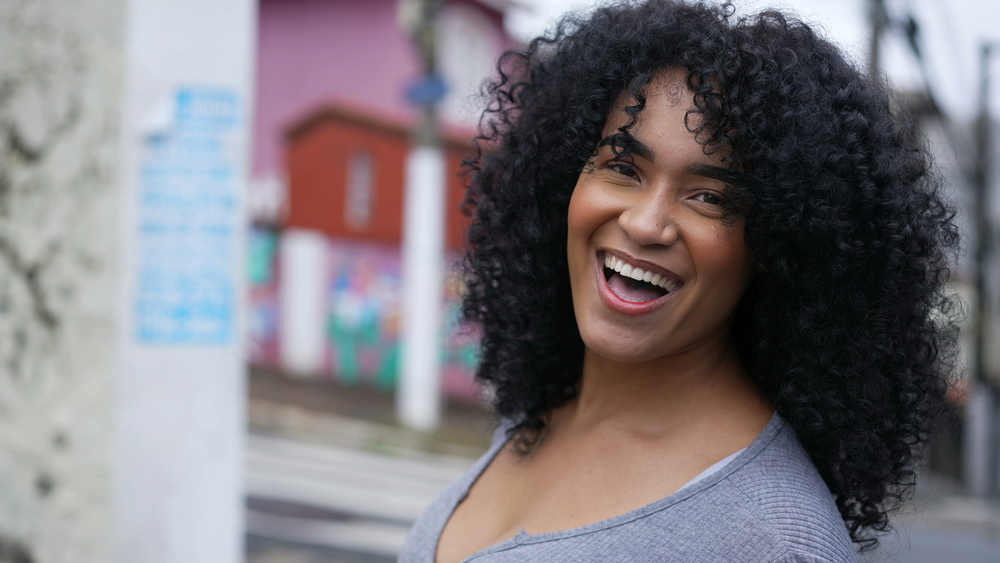
Understanding Hair Types
We tend not to focus on hair types (or hair textures) in our articles for one particular reason. Regardless of your hair type – there are several common things that are often overlooked that everyone needs to do in order to have healthy natural hair.
At times we will write articles for specific types of hair and hair textures.
Although keep this simple point in mind – you must drink plenty of water, reduce stress, wear protective styles, limit the amount of heat you put on your hair, wash your hair regularly, live a healthy lifestyle, and more, regardless of your hair type.
Besides, many people have multiple hair types or categorizations of hair on their heads, so we tend to focus on those aforementioned things around here instead of your hair type.
Read this article to learn more about how to determine your hair type (e.g., type 3b vs. 4c curls) and the most popular hair typing system.
Advice to Help You Start Your Hair Care Journey
There is no right or wrong way to go natural; the important thing is that you are going natural. If you decide to transition to natural hair (instead of doing a big chop), it’s important to know that the line of demarcation is where your natural hair and relaxed hair intersect.
You’ll definitely notice a difference in the natural texture of your hair and your relaxed hair. Relaxers weaken your hair, leaving it dull and damaged over time. So, the difference should be fairly obvious.
You’ll learn that your hair will tell you what it needs, and it’s critical that you pay attention to what it is telling you.
Selecting your initial set of hair products is important, and many naturals spend quite a bit of time trying new products in an attempt to find the best natural hair products (i.e., holy grail products) for their hair.
You must get to know your hair to understand which products will work best for you.
My advice to you: Start a natural hair journal and begin documenting everything that you do to your hair. This will help you understand over a period of time what works and what doesn't work for your hair.
The key is to focus on what works for your hair and start to eliminate the things that don't work. This process will help you select the right hair products and finalize your natural hair regimen.
Several women have seen great success by openly documenting their natural hair journey by starting a natural hair blog.
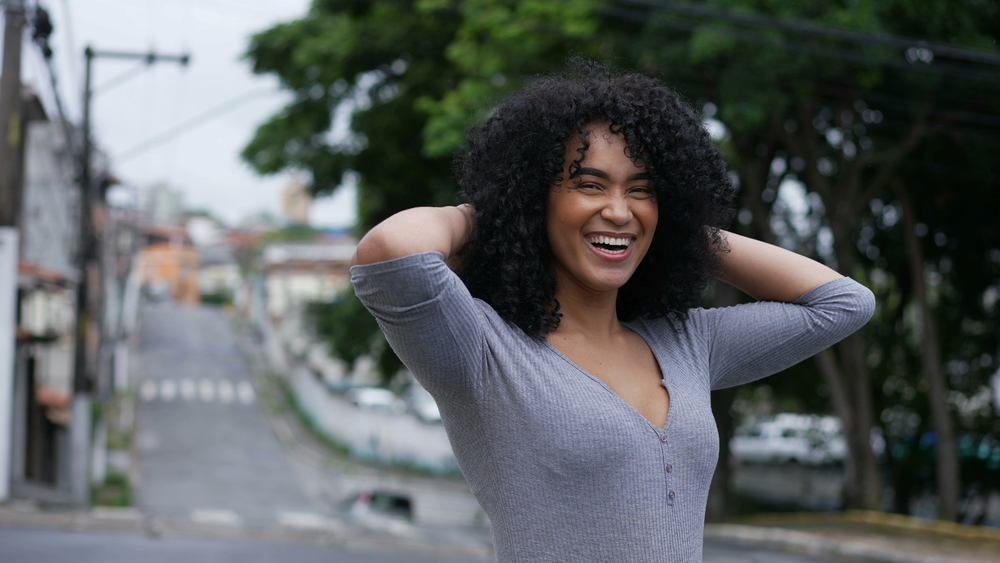
What Causes Shedding in Natural Hair
Some experts estimate that shedding more than 100 hairs per day is perfectly normal.
About 10% of the hairs on your head are in a resting phase (telogen), and those hairs shed (exogen) after a period of time (generally 2 or 3 months). The other 90% (roughly) of your hair strands are growing at any given time.
Hair growth occurs in cycles consisting of four phases: Anagen (growth phase), Catagen (transitional phase), Telogen (resting phase), and Exogen (shedding phase).
Hair grows at different rates for different people; the average rate is around one-half inch per month. Due to a short active growth phase, some people have difficulty growing their hair beyond a certain length.
My advice to you: Don't worry too much about your hair shedding unless it seems truly excessive. If your hair shedding does seem excessive, you should start by investigating the following areas: tight hairstyles, diet and nutrition, current medications, stress, illnesses, nervous habits, alopecia areata, and hormonal changes.
It is important to note that women make up nearly 40% of the individuals in the United States who experience hair loss.
We recently wrote an article about the best shampoos for hair loss; however, several of these issues may require a medical doctor's professional diagnosis to determine the root cause of the hair shedding.
How to Prevent Hair Breakage and Split Ends
Your hair is dead material, which is the reason why you can treat it with strong chemicals, cut it with scissors, or apply heat to it without feeling a thing. The only problem with that is – since your hair is not alive, it cannot repair itself.
Damage to the hair must be trimmed away or grown out. For example, there is no permanent cure for split ends. Some conditioners can essentially patch split ends and make them less visible, but those split ends will reappear over a period of time.
The only way to permanently get rid of your split ends is to trim them away. You should absolutely never burn away your split ends.
Hair breakage is the most common cause of hair loss. Tight hairstyles (ex., tight ponytails and braids) can break off the hair and damage the hair follicle.
If your hair constantly breaks (i.e., you have brittle hair), you will need to identify exactly what’s causing the breakage and eliminate the culprit to prevent further breakage.
The most common causes of breakage are heat styling, harsh chemicals, tight hairstyles, and rough treatment.
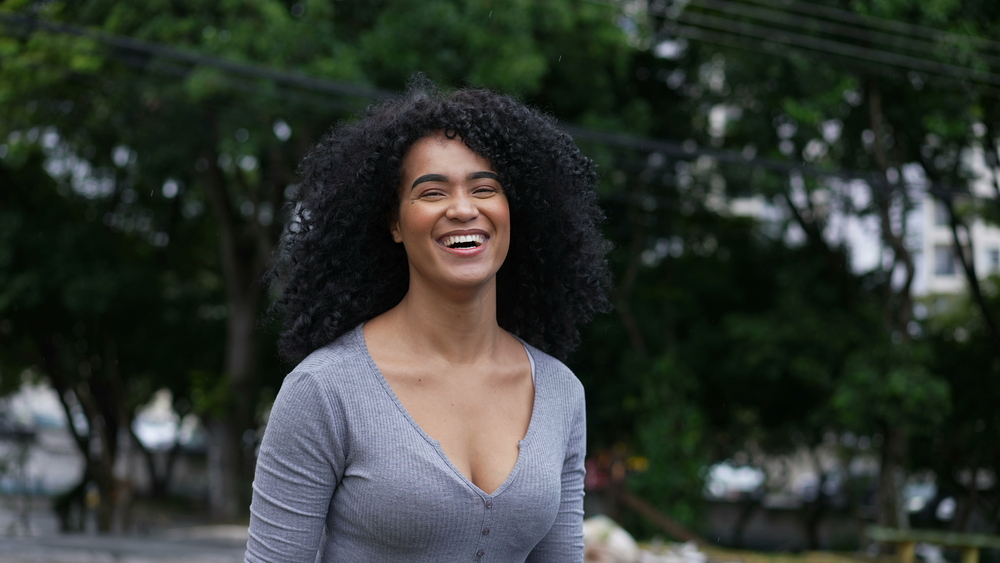
My advice to you: Hot appliances, like flat irons, hair dryers, hair steamers, curling irons, and pressing combs, are popular but often lead to serious hair damage because their high temperatures can result in brittle, dry hair that breaks easily – especially when they're overused.
If you decide to use heat, especially a flat iron, then you should use measures to minimize the likelihood of irreparable heat damage. However, it's important to understand that it’s impossible to completely protect the hair from heat damage.
If an appliance is hot enough to burn your skin, then there is a legitimate chance that the appliance will cause significant heat damage to your hair.
Ensure that your natural hairstyles aren’t overly tight, stay away from chemical relaxers and processes that change the structure of your hair, and handle your hair with care.
Too-frequent manipulation (combing, brushing, tugging, pulling, etc.) can lead to increased breakage.
Some of our favorite hairstyles for natural curls include box braids, bantu knots, afro puffs, twist-outs, spring twists, passion twists, and wash-and-go styles. Note that all of these aren't "protective" styles, so be sure to follow the tips provided above to protect your hair.
Health, Nutrition, Hair Vitamins, and Supplements
Generally speaking, the same nutritious foods that are good for your body also promote stronger, healthier hair. If you don't eat a healthy diet, your hair could suffer.
It's important to mention that your hair doesn’t contain vitamins – it is not a living structure. If you’re eating a balanced, nutritious diet, there isn't much benefit gained from taking hair vitamins and supplements.
If you concentrate on eating low-fat proteins, dairy products, fruits, vegetables, and whole grains, you can help your hair reach its full potential without supplements.
The United States Department of Agriculture has established dietary guidelines for Americans (Chapter 1). According to most surveys, the average American isn't familiar with the guidelines and doesn't manage their dietary intake accordingly.
You might need to consider hair vitamins and supplements to help your hair reach its full potential for those who aren't eating a well-balanced, nutritious diet or have a medical condition or imbalance. You should consult your doctor to determine if a multivitamin is right for you.
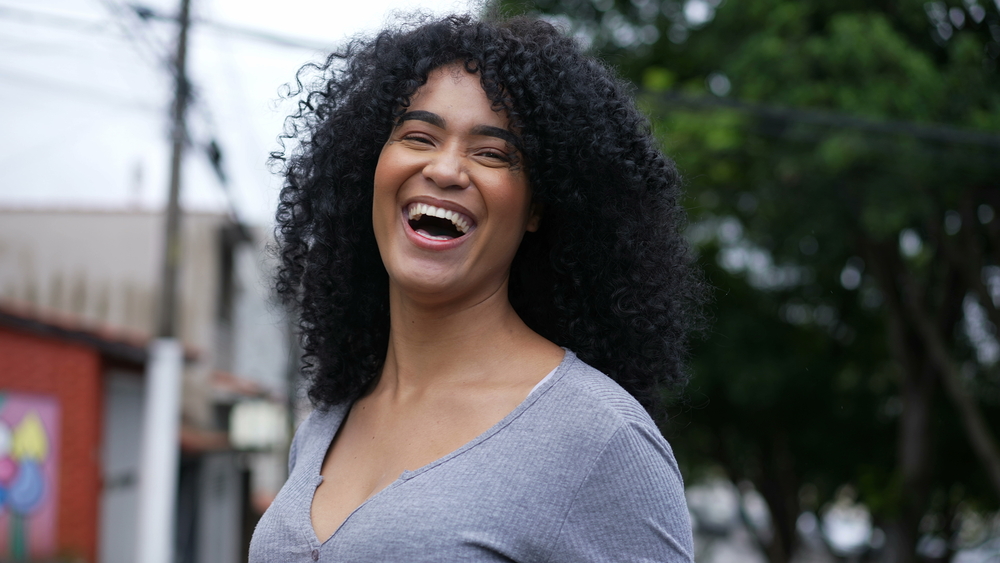
My advice to you: Eat a healthy, well-balanced, nutritious diet and save your money on hair vitamins and supplements unless you have a medical condition or imbalance.
Curl Centric recommends the Magic Bullet NutriBullet High-Speed Blender. It’s designed to help you easily add more fruits and vegetables to your daily diet. Kira and I start the day with a smoothie every morning from our NutriBullet.
For a wonderful list of smoothie ideas and a great plan for living a healthier lifestyle, we use the New York Times bestselling book “10-Day Green Smoothie Cleanse” by JJ Smith. With this book, you can lose up to 15 pounds in 10 Days and improve your energy level.
Does Exercise Help Hair Growth?
There is no evidence that exercise promotes hair growth or has any direct benefit on your hair's growth rate or your hair's overall health.
However, there are many other benefits of exercise, including weight control, mitigating health conditions, and boosting your energy, among other things.
My advice to you: Exercise regularly because it reduces stress and promotes general health, which indirectly can have substantive impacts on your natural hair's success.
Kira and I are huge fans of the Insanity Workout Program, but it's definitely not for everyone. It's an extremely intense, high-impact workout program for people that are already in pretty good shape.
Many low-to-medium impact programs are effective too. Check out our recommendation below.
Curl Centric recommends the Apple Watch Series 8 or the Fitbit Sense 2 Smart Watch to track steps, workouts, heart rate, distance traveled, calories eaten, calories burned, floors climbed, and overall active minutes.
It’s designed to help you improve your overall physical activity, which can be done without hours of crunches, cardio, and high-intensity gym workouts.
Shampooing
The most often purchased natural hair product is shampoo. The main problem with shampoos is that there are so many different types, one for every type of hair and/or scalp condition. It’s easy to get confused when choosing a product as simple as shampoo.
My advice to you: Choose products that are designed to be gentle on your hair. Many hair care experts recommend a pH-balanced shampoo to prevent excessive dryness and hair damage during the shampooing process.
The Best Natural Hair Shampoos
-
 Check Price
Check PriceThe Jamaican Black Castor Oil shampoo with shea butter and apple cider vinegar can work well on heat-styled, chemically processed, colored-treated, and curly or straight hair. Hair color can damage your hair, so use it sparingly.
Curl Centric may receive compensation if you make a purchase using this link, at no additional cost to you.
-
 Check Price
Check PriceThe organic PURA D’OR Anti-Hair Loss Shampoo is an effective solution for thinning hair. Still, we like it because it uses certified organic ingredients and doesn’t contain sodium lauryl sulfate or parabens. It’s also hypoallergenic and gluten-free.
Curl Centric may receive compensation if you make a purchase using this link, at no additional cost to you.
-
 Check Price
Check PriceWe like As I Am Coconut Co-wash Cleansing Conditioner if you prefer to co-wash. For natural newbies, co-washing is the process of washing your hair with a conditioner instead of using traditional shampoo. Many naturals also rave about how great this product smells.
Curl Centric may receive compensation if you make a purchase using this link, at no additional cost to you.
-
 Check Price
Check PriceThe argan oil shampoo by Art Naturals is a paraben-free product designed to reduce hair thinning and shedding.
Curl Centric may receive compensation if you make a purchase using this link, at no additional cost to you.
How often should you wash your hair?
Each head of hair is different, so there is really no correct answer. However, you can tell when you're washing your hair too much if it starts to get dull, which means it's time to scale back on the shampooing.
By over-washing your hair, you can wash away your hair's natural oils, which helps your hair look healthy. If you're not washing your hair often enough, you can have product build-up, which could negatively impact your natural curls.
My advice to you: When washing your hair, use lukewarm water because hot water can strip the scalp of sebum, which is the protective oil that acts as a natural conditioner and gives your hair its shine.
When you create your initial natural hair regimen, schedule a wash day once per week. Record how your hair responds for a few weeks in your natural hair journal, and make adjustments to your regimen as necessary.
For a more comprehensive article on how often you should wash your hair and whether you should use shampoo, co-washes, or other techniques, read this article.
Conditioning Tips
Conditioners are intended to deposit protein or moisture into the hair strand to restore the hair’s strength, give your hair body, and protect your hair against possible breakage.
The effects of conditioners are only temporary. The term conditioner is often used to describe many different things.
For example, there are finishing rinses, like the rice water hair rinse, cream rinses, protein conditioners, hot oil treatments using natural oils (e.g., tea tree oil), deep conditioning treatments, and leave-in conditioners – and I’ve only named a few.
My advice to you: Start by regularly conditioning your hair after shampooing and having a deep-penetrating conditioner every month. You should document how your hair responds in a hair journal and make adjustments as needed.
Also, buying really expensive hair care products isn’t necessary, but you should beware of products that are extremely inexpensive relative to the competition.
- Can I Condition My Hair Everyday Without Shampooing?
- Can You Leave Conditioner in Your Hair?
- Why Does My Hair Feel Like Straw?
- Squish to Condish Technique
The Best Natural Hair Conditioners
-
 Check Price
Check PriceShea Moisture Raw Shea Butter Restorative Conditioner with sea kelp, argan oil, and shea butter was formulated for dry, damaged hair. It's important to note that this product contains natural ingredients that vary in color and consistency.
Curl Centric may receive compensation if you make a purchase using this link, at no additional cost to you.
-
 Check Price
Check PriceAussie 3 Minute Miracle Moist Deep Conditioning Treatment contains mostly natural ingredients from Australia, like aloe and jojoba, and consistently receives rave reviews from ladies with natural hair. It also has a coconut-like smell, which most women seem to really like. The product is called the "3-minute miracle" because it's designed to work in minutes.
Curl Centric may receive compensation if you make a purchase using this link, at no additional cost to you.
Hair Styling Tips
Protective styling is critical to the success of your natural hair journey.
When we use the term protective styling on the Curl Centric blog, we're referring to incorporating more "protection" into your overall natural hair regimen (instead of specific natural hairstyles).
The lack of focus on protecting the hair is often why several women suffer from excessive breakage and fail to grow their hair to their desired length.
One way to incorporate more protection into your natural hair journey is to utilize protective hairstyles.
A protective hairstyle generally requires minimal upkeep, allows you to moisturize as needed, and it keeps the ends of your hair safe and tucked away – protected.
You can successfully grow your hair quite long with the appropriate selection of hair care products, proper styling techniques, and general handling/maintenance.
My advice to you: Look for ways to incorporate more protection into your hair regimen. Be sure that you're gentle with your hair at all times.
I also recommend finding a few protective hairstyles that you like and frequently incorporating them into your natural hair regimen so that you can protect the ends of your hair.
A significant component of growing long hair (or, more accurately, retaining what you've already grown) is mitigating hair breakage to retain the hair you currently have, and protective styling improves your ability to accomplish this goal.
How to Identify and Fix Hair Problems
During your hair journey, there are many different things that you might have to correct: dry hair, product build-up, heat damage, and dandruff are just a few. This is often why some women say going natural is a lot of work, but it doesn't have to be difficult.
Generally speaking, you should refer to your natural hair journal when you’re experiencing a problem with your hair.
It’s the primary guide to correcting your hair problems. You should begin asking yourself questions until you determine the potential root cause of the problem.
For example, have you changed anything about your regimen recently? Are you shampooing more often?
What about taking a new medication? Did you recently start a stressful job? When was the last time you applied heat to your hair?
Use a root-cause approach to correcting the issues that you identify.
This troubleshooting technique is based on the premise that you can solve many problems that you’re having with your hair by addressing (correcting or eliminating) the potential root causes instead of only addressing the symptoms.
For example, dry hair can be caused by external factors like harsh shampoo, chlorine, applying heat to the hair, too much sun or wind exposure, and hard shower water, to name a few.
On the other hand, dry hair can also be caused by internal factors such as medications, nutritional deficiency, or medical illnesses.
My advice to you: Identify the root cause of your "hair problem" and address the root cause.
And finally, we're here for you as you progress through your natural hair journey.
Frequently Asked Questions
Do you have questions? We've got answers! Dive into our FAQ section below to find quick and straightforward responses to common questions about natural hair.
What Is Considered Natural Hair?
Natural hair is hair that hasn't been altered with straighteners, relaxers, or texturizers. Natural hair retains its original texture. It hasn't undergone treatments that change its natural curl pattern.
What Are the 4 Types of Natural Hair?
The four types of natural hair are categorized as Type 1 (straight), Type 2 (wavy), Type 3 (curly), and Type 4 (coily or kinky). Each hair type has subcategories based on the tightness or looseness of the wave, curl, or coil.
Does Natural Hair Mean Black Hair?
No, natural hair does not exclusively mean black hair. Natural hair refers to hair that hasn't been chemically altered. Natural hair is not specific to an ethnicity or race. However, within the black community, it refers to the textures and patterns of black hair.
How to Grow Natural Hair?
To grow natural hair, maintain a healthy scalp by cleansing and moisturizing regularly. You'll also want to avoid excessive heat and chemical treatments. Trim split ends and wear protective hairstyles. Finally, maintain a balanced diet to nourish your hair from within. It's also essential to handle your hair gently to prevent breakage.
- What Is Coily Hair?
- How Often Should You Moisturize Your Natural Hair?
- Best Way to Detangle Natural Hair
- Should I Wet My Hair Everyday?
Curl Centric recommends The Science of Black Hair for new naturals who want to quickly understand how to care for their naturally curly hair, how to grow long hair, and how to get started with a healthy product regimen.
This book is a well-research reference guide for ladies serious about hair care.
Final Words
To keep natural hair healthy and vibrant, it needs a personalized approach. Use sulfate-free shampoos, such as Shea Moisture Jamaican Black Castor Oil. These products protect the hair shaft and maintain the hair's natural oils. Using a deep conditioner, like Aussie 3 Minute Miracle, strengthens your hair strands.
Also, protective styles are important for protecting your hair's ends. These styles help your hair grow longer and achieve beautiful natural curls. To sum up, a dedicated regimen works best. Combine quality hair products with best practices to create healthy, natural hair.






